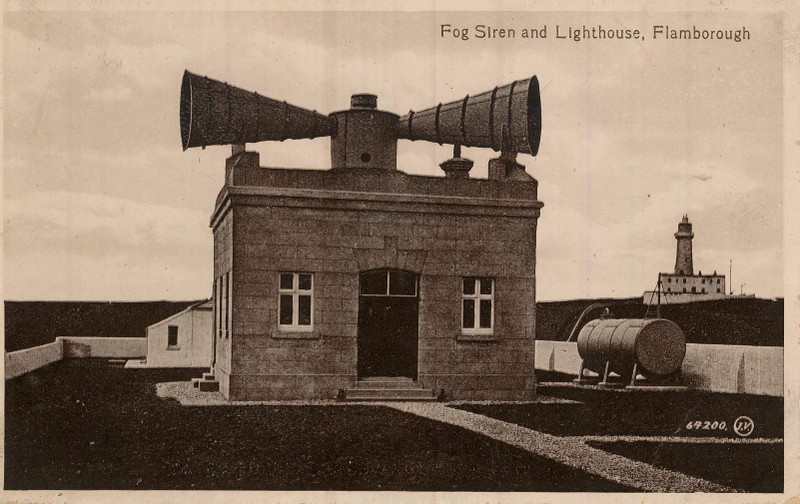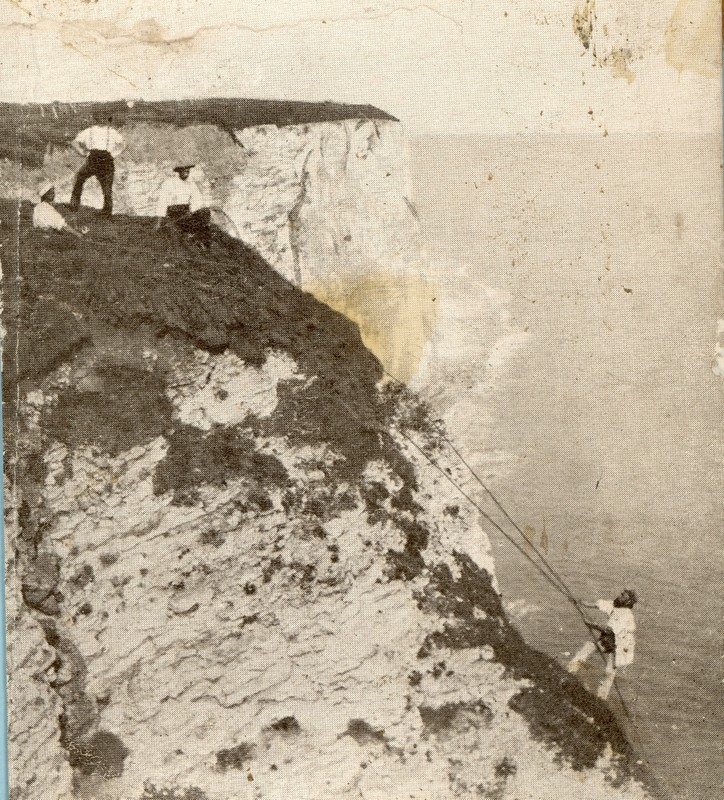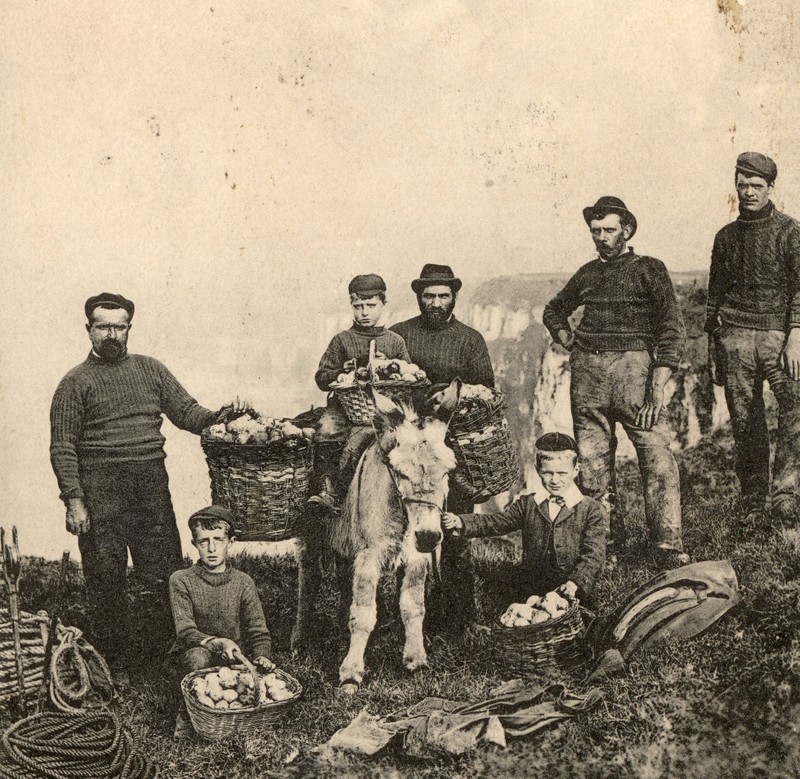
Menu:
Filey & Flamborough
On any clear night the beacon light from Flamborough Lighthouse can be seen from Filey as it sweeps across the North Sea. The lighthouse has been important to all mariners, including local fishermen, since the first illumination on the 1st of December 1806. The current lighthouse was built by John Matson a builder from Bridlington for Sir John Clayton, but a lighthouse was established as early as 1669 and a hexagonal chalk tower built in 1674 still stands. It is not known whether either of the early structures were ever lit and the remaining chalk tower shows no evidence of coal fires at the top of the tower.
The beacon has served to warn seafarers of the dangerous coastline and has made navigation immeasurably more accurate by providing a clear location point. Although the technology of marine navigation has changed beyond the imagination of previous generations Flamborough lighthouse is still operational today. The beacon has been powered by electricity since 1940 and in 1975 an electric fog warning signal replaced the diaphone apparatus. Since 1996 it has been automatic, monitored remotely from the Trinity House Operation centre in Harwich.
The innumerable lives that it has saved from the perils of the sea for more than two hundred years must include those of many Filey fishermen.

Fog signal and lighthouse Flamborough, early 20th Century (Crimlisk Fisher Archive)
In addition to the bountiful harvests of fertile land and pristine sea, another unusual source of income presented itself to the daring. From the mid 18th century until being made illegal in 1954, “egging” or collecting sea bird eggs for sale was a lucrative, if highly perilous, activity for many young Filey men.
The most popular location for this pursuit was the cliffs between Filey and Flamborough Head.

"Eggers" on the cliffs" -Crimlisk-Fisher Archive.
Whilst the egging season was limited to a few weeks in May and June the daring could guarantee a useful income. Some Filey men went egging full time during the season and the activity was well organised with landowners renting out recognised climbing areas for a proportion of the takings. Winches were used to lower collectors to the ledges and who were then brought back up with their haul.
Watch the "eggers" an early FILM! (1908) From the Yorkshire Film Archive.

Read an account of "The Fearless Egger" here!